Over the weekend, social media ‘killed’ U.S. President Donald Trump.
Rumors of the commander-in-chief’s demise ran amok on platforms such as X and TikTok, and they spread like wildfire.
Soon, fake news articles claiming to be reporting on Trump’s death at 79 were being widely shared, and many were duped into believing the rumor.
- Social media rapidly spread false rumors of Donald Trump's death, fueled by his health concerns and a brief public absence.
- Fake news, doctored images, and misleading posts amplified misinformation, including a fabricated CNN article and a false Simpsons claim.
- Social media algorithms boost emotional, engaging content, which helps misinformation spread faster than fact-checkers can respond.
Rumors of Donald Trump’s death went viral on the weekend. Image credits: Kevin Dietsch/Getty Images
Trump was, in fact, not dead, but simply the latest high-profile case of how misinformation spreads online quicker than it can be fact-checked.
So, where did it all start?
It’s no secret that Trump has been having some health troubles lately, with the White House confirming he was diagnosed with chronic venous insufficiency (CVI) in July.
Photographs once again showing significant bruising on Trump’s hand have also been prevalent in recent weeks.
So when Vice President JD Vance told USA Today in an interview that he was ready to step up to the top job if “tragedy struck,” speculation about the president’s health intensified.
And then, Trump disappeared from public view for three days.
JD Vance said he was ready to step up. Image credits: Andrew Harnik/Getty Images
Thousands of tweets appeared with the hashtag #TrumpIsDead, videos on TikTok gained millions of views, and fake news articles were created.
“#BREAKING Multiple sources have been saying that U.S. President Donald Trump has passed away on Aug. 29 at approximately 11:45pm. More details to follow over the weekend. #TrumpIsDead #TrumpDead,” one post said, accompanied by a fake CNN article.
Some social media users even claimed that police cars and ambulances had been spotted en route to the White House.
Others dissected posts on his Truth Social page, asserting that Trump must be dead because some appeared to read differently than his usual style.
A fake CNN article was created and shared. Image credits: X
The White House flew flags at half-mast in honor of the Minneapolis school shooting victims, but some seized on the action and claimed it was a sign of Trump’s demise.
Adding fire to the misinformation was speculation about an episode of The Simpsons, which was alleged to have shown Trump dying of a heart attack.
No such episode exists, and the image has circulated online at several points for years.
Matt Selman, an executive producer and showrunner for the show, previously said the image was doctored after it circulated following the 2024 Butler assassination attempt.
“Anyone who thinks ‘The Simpsons’ would include such horrifying content on a family TV show doesn’t really watch the show or have any understanding of ‘The Simpsons’ at all,” he told TMZ.
Simpson Once again predicted the future…
TRUMP IS DEAD pic.twitter.com/xE6bdtYwuf
— narsa. (@rathor7_) August 30, 2025
Amid the rumors on Saturday, Trump was photographed with his granddaughter Kai ahead of a game of golf in Sterling, Virginia.
Still, the misinformation persisted, and once more, commenters returned to X and TikTok.
They claimed that the images, taken by several professional photographers for reputable media outlets, were actually old and from 2019.
Others asserted that they were not old, but were in fact of a body double dressed to look like Trump to put rumors of his death to bed.
Trump was spotted on Saturday, but the rumors continued. Image credits: Kayla Bartkowski/Getty Images
The president eventually addressed the rampant speculation himself, writing on Truth Social, “NEVER FELT BETTER IN MY LIFE. Also, DC IS A CRIME FREE ZONE!”
Since then, the rumors appear to have quietened online.
Social media is the perfect breeding ground for misinformation
Social media is the perfect breeding ground for misinformation because it thrives on speed, emotion, and repetition rather than accuracy.
Algorithms on these platforms are typically optimized for user engagement, so when content elicits strong reactions from users, it is boosted to a larger audience.
In this environment, critical thinking often takes a backseat and users share posts without independently verifying the information or adding context to claims.
Misinformation rapidly spreads on social media. Image credits: Anna Barclay/Getty Images
This makes it easy for misinformation, disinformation, and fake news to masquerade as fact, because the sheer amount of repetition makes it seem more credible.
It is a phenomenon that psychologists refer to as the ‘illusion of truth.’
In Trump’s case, the rumors also had some degree of plausibility because of recent reports regarding his health.
American medical sociologist Robert Bartholomew described how misinformation goes viral at a speed quicker than it can be verified.
“Rumors thrive in climates of uncertainty and distrust, especially when they involve political figures,” he said in Psychology Today. “Within this backdrop, even the flimsiest of claims can gain acceptance if they are deemed to be plausible.”
Trump has been seen with significant bruising on his hand. Image credits: Chip Somodevilla/Getty Images
“Where rumors once spread slowly along the grapevine by word of mouth, in today’s digital age, they can go viral before there is time to assess their veracity.
“We will never be able to eliminate rumors because humans are meaning-oriented creatures who, in the absence of facts, naturally gravitate toward filling gaps in knowledge by engaging in speculation. The best we can do is to confirm or deny them in a timely manner.”
Fact-checkers often struggle to keep up when misinformation spreads
In the digital age, misinformation spreads faster than fact-checkers can debunk it, and when verified information is released, it often doesn’t gain the same traction as rumors.
The effectiveness of fact-checking is further compromised by social media platforms ending their support for professionals.
In January of this year, Meta announced it would follow X’s lead and axe third-party fact-checkers to replace them with a user-based ‘community notes’ system.
Community notes rely on user-generated content (UGC), and experts say it increases the risk of manipulated and falsified information, with users having their own biases.
Mark Zuckerberg axed Meta fact-checkers. Image credits: Alex Wong/Getty Images
Gordon Pennycook, associate professor of psychology at Cornell University, has extensively studied misinformation and says relying on UGC is a mistake.
“Although research supports the idea that crowdsourcing fact-checking can be effective when done correctly, it is important to understand that this is intended to supplement fact-checking from professionals — not to replace it,” he said.
“The extent to which layperson evaluations can be used to inform fact-checking depends entirely on the underlying quality of the information that the laypeople are being exposed to.
“In an information ecosystem where misinformation is having a large influence, crowdsourced fact-checking will simply reflect the mistaken beliefs of the majority.
“I support using crowdsourced fact-checking, but removing third-party (professional) fact-checking strikes me as a major mistake.”
Consequences can go beyond the rumor
Even after exposure to corrections, individuals often continue to believe false information — a phenomenon known as ‘belief regression.’
A 2023 study highlighted that belief change is rarely sustained over time, particularly when misinformation is repeated or emotionally charged.
And the consequences of misinformation can not only erode trust in professional institutions but can also have a significant human impact, as evidenced by recent cases.
Six people died in the Bondi Junction attack. Image credits: Izhar Khan/Getty Images
On April 13, 2024, a man stabbed and killed six people at the Westfield shopping center at Bondi Junction in Sydney, Australia.
Police, at that stage, did not release the identity of the killer, who was shot dead, but footage and images quickly began to circulate online.
Within hours, a theory that incorrectly named Benjamin Cohen as the knifeman had gone viral and his personal details were shared online, with many claiming he was Jewish.
By the next morning, Benjamin Cohen was trending on X, and 7 News named him as the “40-year-old lone wolf attacker” on TV, when he was not the killer.
When police released the name of the actual killer, Joel Cauchi, retractions were made, but the damage had been done.
Experts told the verification team at ABC News Australia that the incident demonstrated how X had become a “cesspool” and an “engine for harassment.”
7 News incorrectly named Cohen as the killer. Image credits: Izhar Khan/Getty Images
“There was a very serious risk to his personal safety and to him receiving personal harassment,” Elise Thomas, a senior analyst for the Institute for Strategic Dialogue (ISD), said.
The outlet tracked how the misinformation spread online, from the first post to being repeated in mainstream media, and found that antisemitic and pro-Kremlin accounts played a significant role in spreading it.
“It’s extremely disappointing to see thousands of people mindlessly propagating misinformation without even the slightest thought put to fact-checking or real-life consequences,” Cohen told ABC at the time.
“And then using that information to push an agenda and spread hatred.”
Both the Cohen and Trump cases show how the speed and scale at which misinformation spreads underscores a problem: truth often struggles to keep pace with rumor.
As long as platforms reward engagement over accuracy, the risk of viral misinformation, and its very real consequences, will remain.



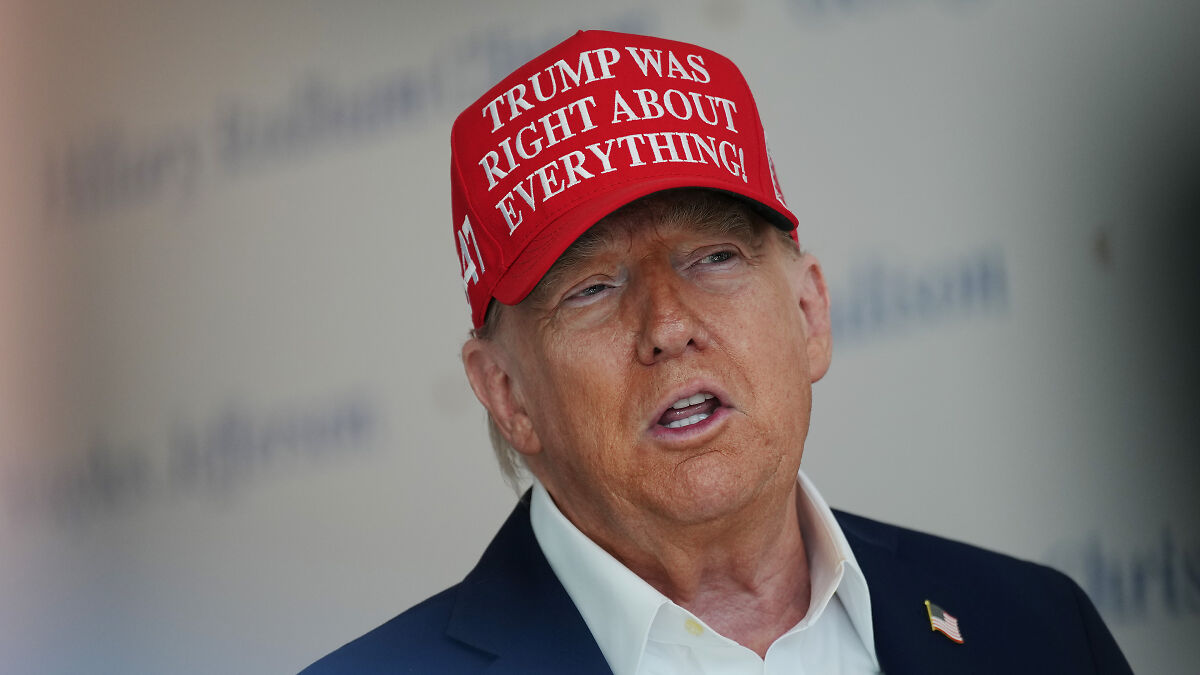
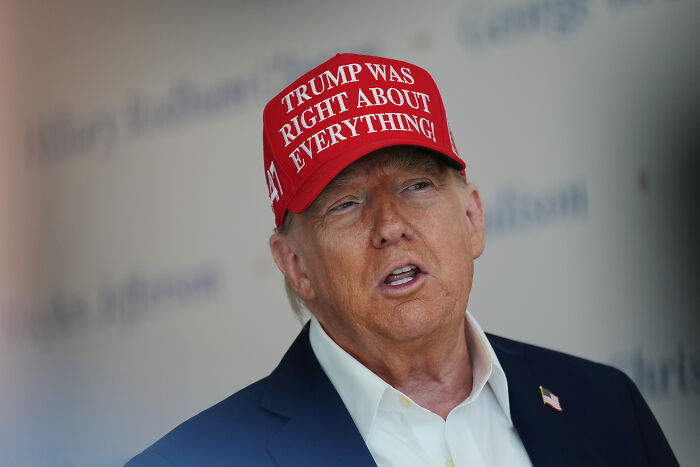


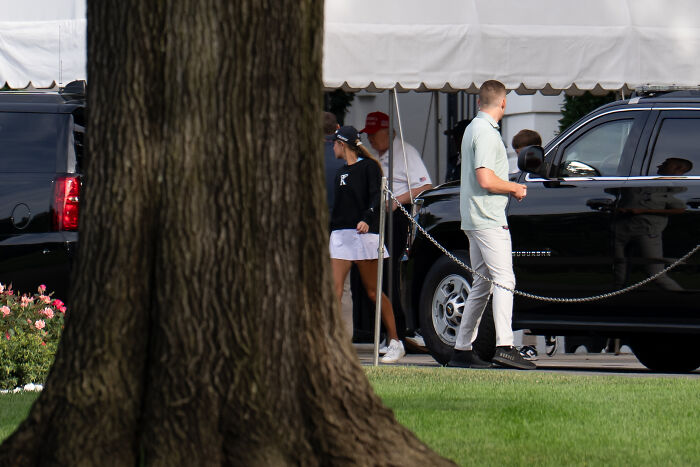

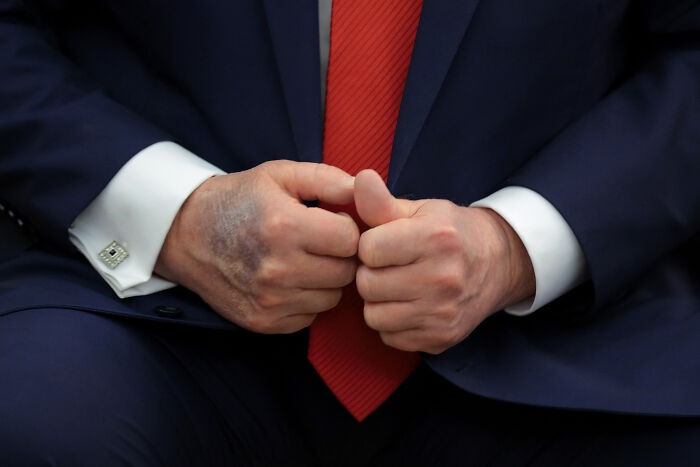
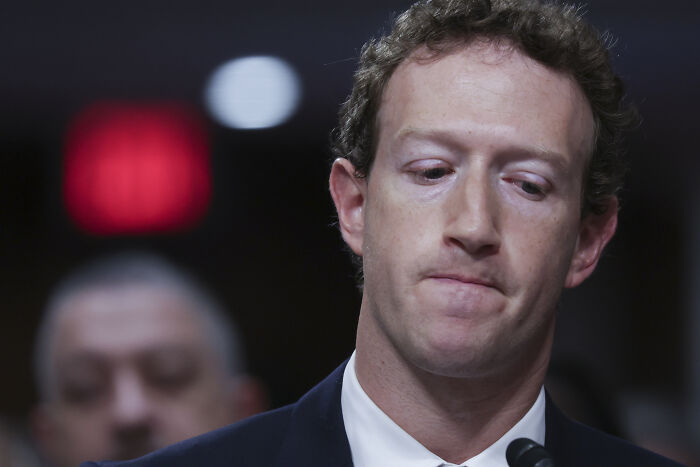

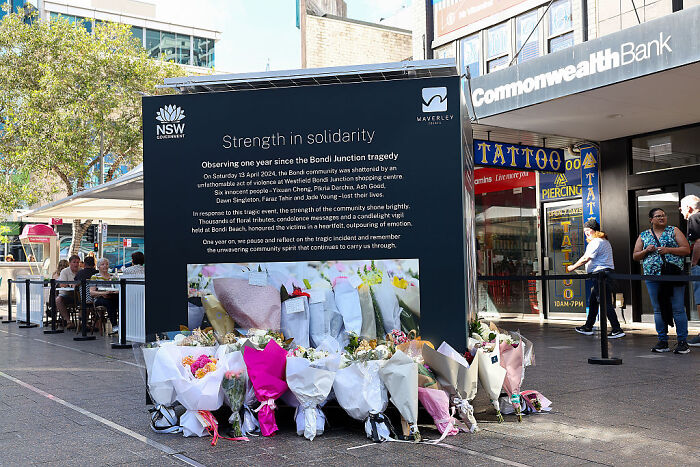



15
0